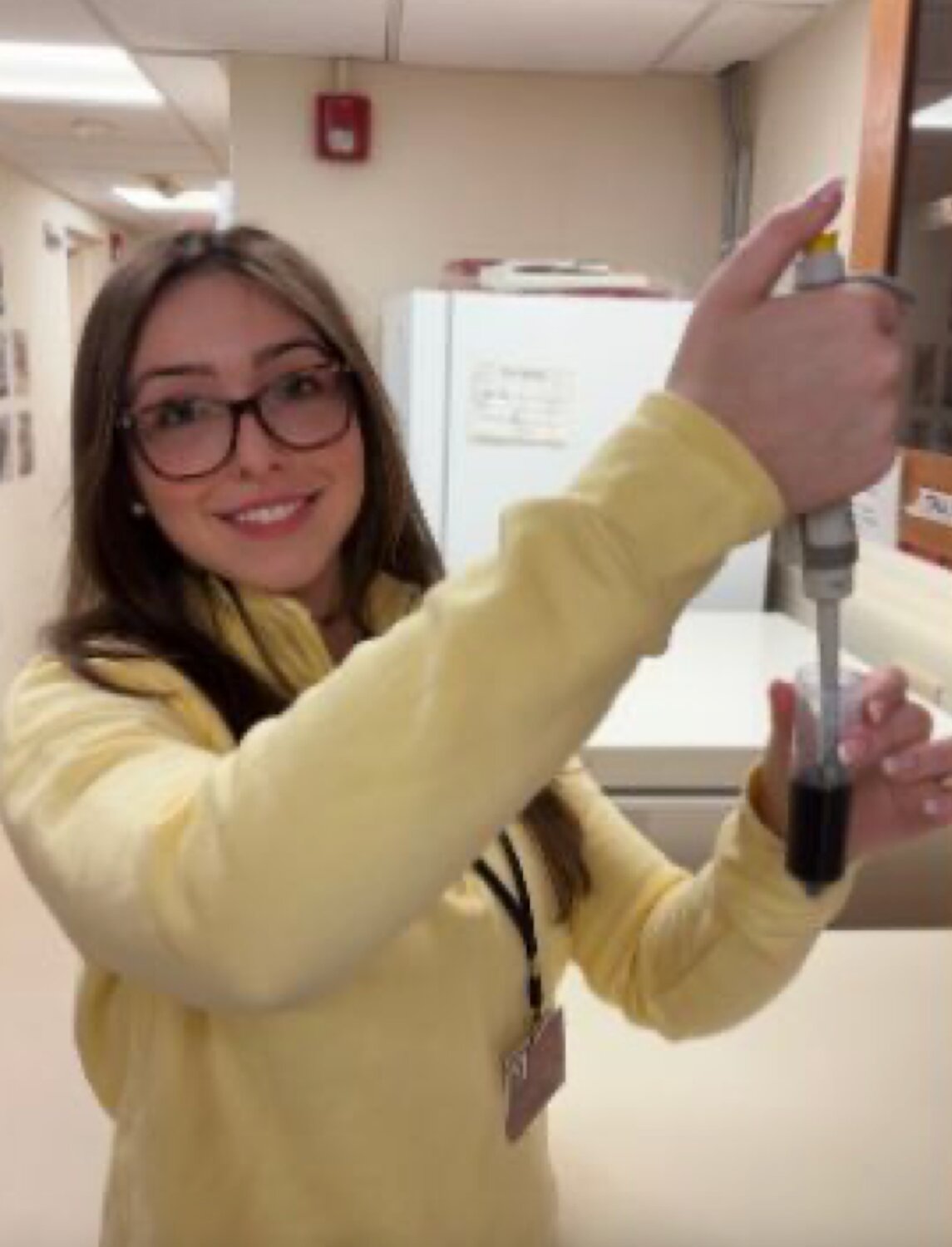A transformative approach to teaching science underway
In an effort to ignite a passion for science and nurture critical-thinking skills among students, Glen Cove schools have implemented an innovative K-12 science curriculum that blends inquiry-based learning with hands-on experiences.
The program is based on the New York State P-12 Science Learning Standards, which outline what students should know and be able to do in science from pre-kindergarten through high school.
At a May 8 education board meeting, Victoria Curtis, the Glen Cove City School District’s coordinator of science, presented an overview of the science curriculum, intended to be nothing less than a transformative approach to teaching and learning.
“This is an exciting time to be a K-to-12 scientist, as we transition to the next-generation science standards,” Curtis said.
“These standards are not only a shift in the disciplinary core ideas that we teach, but the way these ideas are taught, and the science and engineering practices that our K-through-12 scientists are engaging in to better understand these deeper-level science concepts.”
The program was implemented in three phases. In Phase One, from 2016 to 2019, the focus was on raising awareness of the program.
In Phase Two, it was implemented in classrooms, and now the emphasis is on sustainability. The curriculum includes disciplines ranging from physical, life, earth and space sciences to engineering and technology.
The cornerstone of the initiative is an emphasis on inquiry-based learning, real-world applications and scientific literacy.
Departing from traditional methods of rote memorization, the curriculum encourages students to actively engage in scientific practices and critical thinking.
Curtis highlighted the importance of this shift, noting that it not only changes what is taught, but also how it is taught, and how students engage with scientific concepts.
“You will see less of memorization of facts and vocabulary, less learning of disconnected ideas, and less of teachers providing information and posing questions with just one right answer,” she said.
“Instead you’ll see more facts and terminology learned as needed, systems thinking and modeling to explain phenomena, students conducting investigations.”
One of the changes is the approach to the scientific method, which Curtis described as a “linear” approach to science.
The method follows the process of questioning, forming a hypothesis, conducting experiments, collecting data, reviewing findings, drawing conclusions and explaining whether the hypothesis was correct.
Instead, students will learn an eight-step approach to learning in which they will ask questions and define problems, use and develop models, plan an investigation, interpret data, use mathematical and computational thinking, construct explanations and solutions, engage in debates using evidence, and communicate their findings.
“For example,” Curtis explained, “students are presented with Oobleck” — a fluid made from a mixture of cornstarch and water that has properties of both a liquid and a solid — “on a speaker, and students investigate other instruments, like drums and guitars, to look for patterns in how they make sound waves.
Students continue investigating, building on their understanding of vibrations over time.
A student will use a ruler to observe how it moves back and forth, once released, causing a sound — a great visual of vibrations.”
Curtis also said that students won’t be presented with a vocabulary sheet at the start of a unit.
Instead they will discover science concepts and then name them.
When they notice a pattern of an object moving back and forth and causing sound, they will then name that as a vibration.
She added that students would use models to explain how concepts like vibration work at the start of a unit, and will revise and add to the model over time.
Although these initiatives focus on the elementary and middle school grades, she said, changes to instruction for grades eight to 12 will follow pending changes to the Next Generation Science Standards for Regents exams.
“Being in our classrooms and seeing our K-through-12 scientists in action, I’m always so impressed with their ideas and how they grapple with such complex science concepts,” Curtis said. “Outside of the classroom, I’m blown away by the work our scientists are doing.”
Beyond the classroom, students can take part in a wide range of events and activities.
The district has forged partnerships with organizations such as the Vanderbilt Planetarium, and Northwell Hospital in Glen Cove. High school seniors like Lola Milanese have secured internships with the prestigious Dolan DNA Learning Center at Cold Spring Harbor Laboratory, where Milanese does laboratory preparation work for educational programs held there.
Her internship provides valuable hands-on experience in biology and education, contributing to her growth and development as a student and a future professional.







